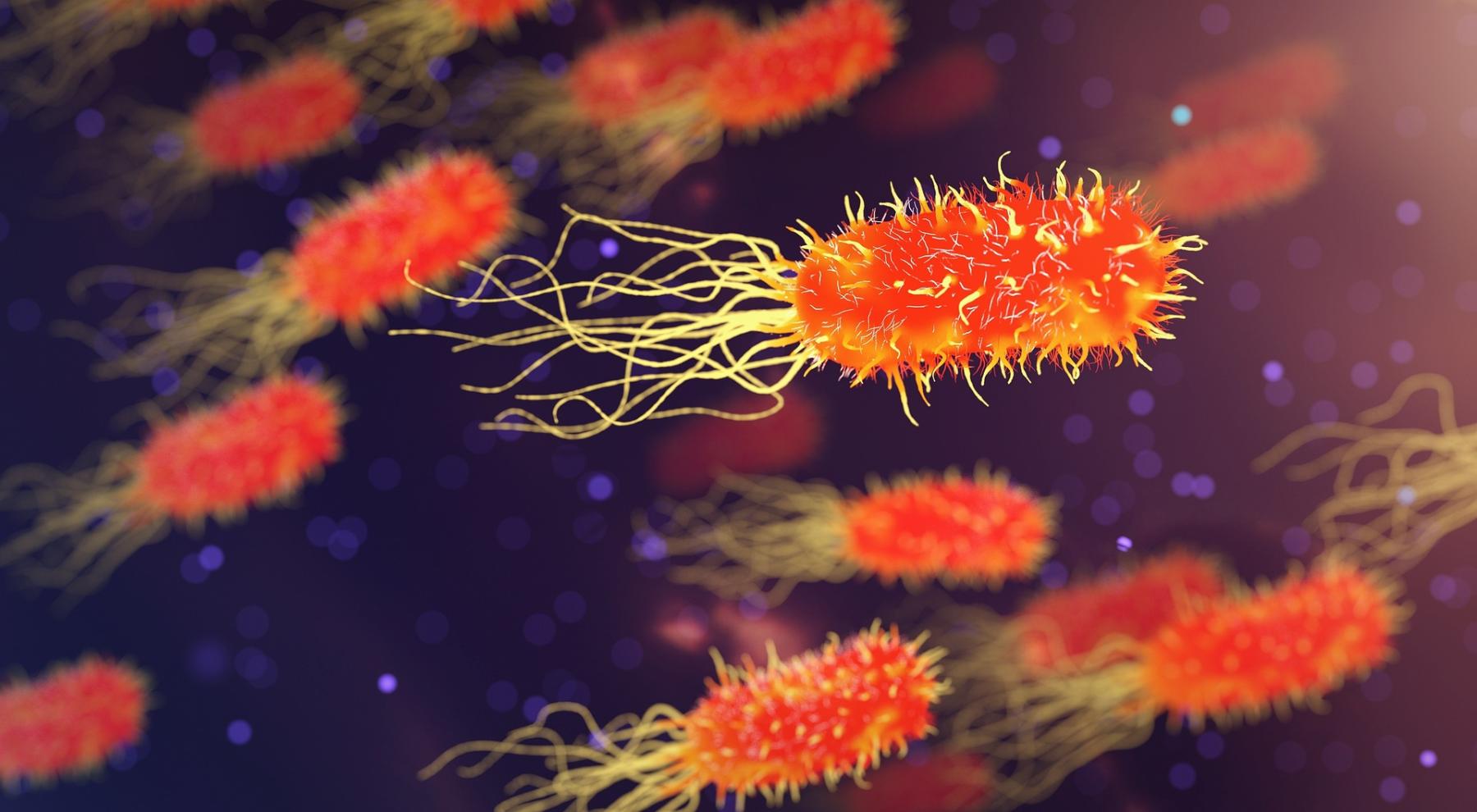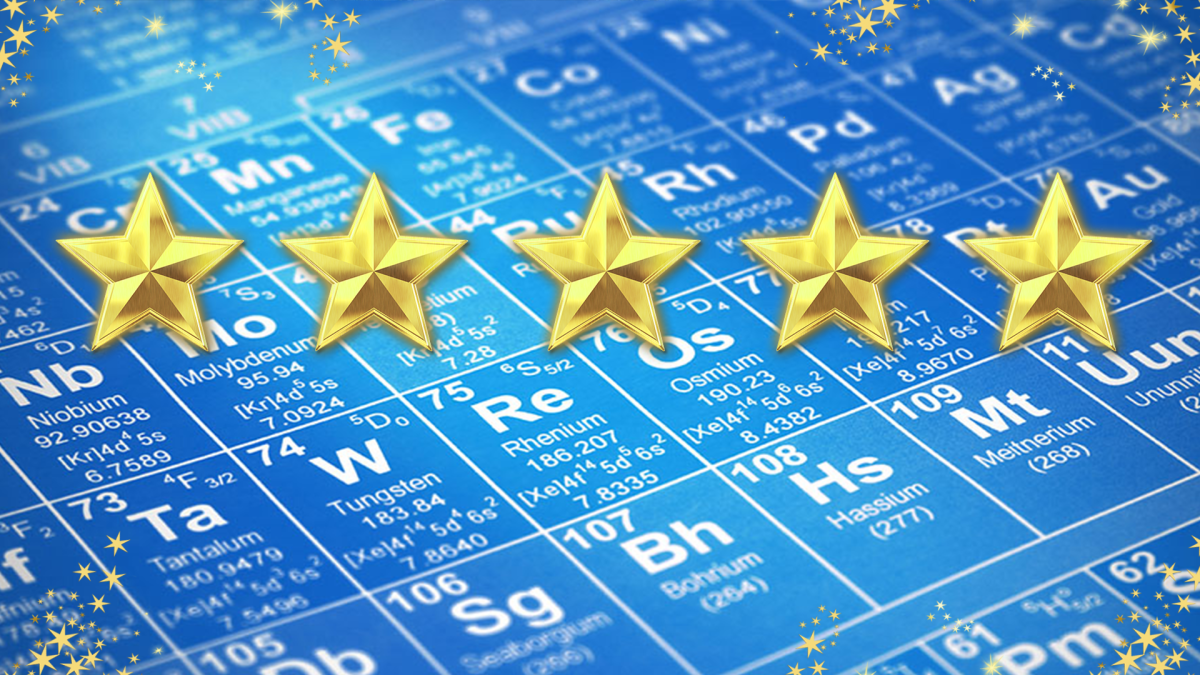
Microscopy
by Cristi Sims
In studying science, we are limited by the bounds of our own senses when collecting data. By developing technology that allows us to enhance and extend our senses, we can study things we would not ordinarily be able to. Telescopes look into the farthest reaches of space and microscopes enable us to look deep within our own cells. By using microscopes, we can observe cells on a level that we could never see with our naked eyes. This lesson plan includes digital resources to enhance a student's understanding of scale, parts of a microscope, how to use a microscope and then taking photos/videos with their own cell phones through the microscope to obtain real images of cells that they will discuss in a video submission.
Lesson Plan Link/URL
https://docs.google.com/presentation/d/1L_2GKC3gXdJD4btzukFm-G4rPpLzZPLz/edit?u…
Featured
Off
Related Content

Grades:
9th Grade, 10th Grade, 11th Grade, 12th Grade
The first rule in the chemistry lab is “don’t eat or drink or lick anything in the lab”! This lesson breaks those rules and shows students how culinary is really a practical application of chemistry

Grades:
9th Grade, 10th Grade, 11th Grade, 12th Grade
This is a 6-week lesson plan for high school students designed to measure and then increase the bat population in the field behind our school. This can be used in any area where bats populate, as long

Grades:
7th Grade, 8th Grade, 9th Grade, 10th Grade, 11th Grade
This is a lesson that can be taught in 5 days or one week. The lesson was put together in collaboration with the Smithsonian Science Education Center. It talks about global goals (one of which is food